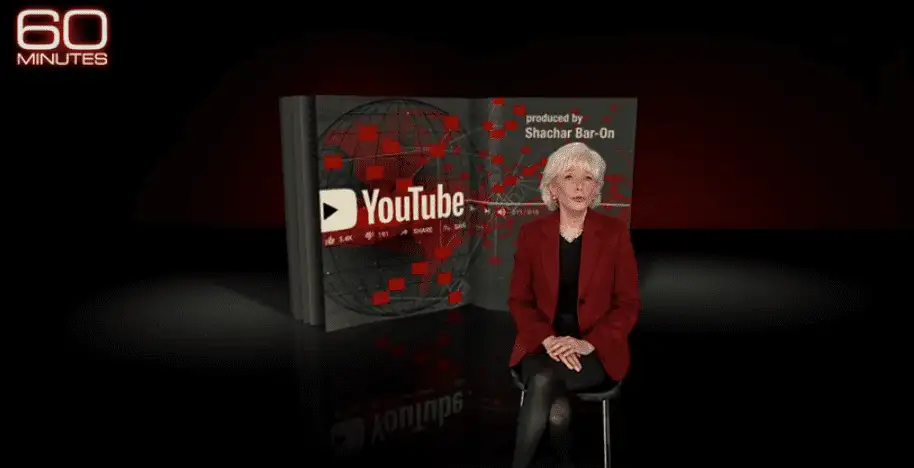
If you tuned into 60 Minutes this past Sunday, you saw Google and YouTube at the forefront of the most recent public debate on the responsibility of tech/social media giants in the political advertising realm. You may have heard last month about Facebook’s public backlash on their decision to not prevent blocking of funded political advertising. They’ve faced scrutiny since the 2016 election which saw digital advertising become the new gerrymandering device of choice. Now others like Google/YouTube, and Snapchat, are forced to play their hands.
“Free Speech or Paid Speech”
CEO Mark Zuckerberg and Facebook have not fallen back on their stance to not remove (possibly misleading) paid political advertising. They actually have stepped forward in their stance for a democracy. Despite 200 Facebook Employees writing a letter to Zuckerberg to reconsider, he was unmoved on his position.
“Well, this is clearly a very complex issue, and a lot of people have a lot of different opinions,” he said. “At the end of the day, I just think that in a democracy, people should be able to see for themselves what politicians are saying.” He added:
“I think that people should be able to judge for themselves the character of politicians.”
Read More | Defiant Mark Zuckerberg defends Facebook policy to allow false ads
Not to be Overlooked
So Facebook has put things in place to block “Fake News” on it’s platform, through organic content, but not on paid? Social media is not stuck on this decision. President Trump’s favorite, Twitter, has banned all political advertising. Snapchat CEO Evan Spiegel has a team dedicated to fact checking political ads, and has gone the opposite direction of Zuckerberg.
But with Google and YouTube often being the source for what the truth is or isn’t, how would they fare in the debate?
New Policies
As of November 21, Google plans to restrict political advertisers from targeting their messages to narrow audiences. This hurts both sides, both Republican and Democrat, in that it takes away key tools at their disposal when using targeting methodology.
Under the new policies, political advertisers can ONLY target people based on age, gender, or zip code. This takes away the option for custom audiences, uploading customer match lists, or focusing on political leanings. As a political advertiser, you can no longer track and advertise to people after they’ve visited a campaign website.
This is a nightmare for political digital strategists planning on cashing in on tactics used by digital marketers and what was used to help provide President Trump with the 2016 victory. Here’s what Eric Wilson, a Republican digital strategist had to say to the Washington Post.
“This is a bad day for campaigns trying to reach voters online, especially given that Google represents half of a duopoly in the online advertising market,” Wilson added. He said it could put new pressure on Facebook to address similar issues around a practice known as microtargeting.”
Okay, So What About YouTube?
Obviously YouTube is owned by Google, so how does this effect video advertising? Compared to TV, online video ads can spread lies at an alarming rate, due to machine learning algorithms, along with human creativity. These ads can be run at an incredibly affordable rate, and reach its desired audience before ever being flagged or removed for policy disobedience.
500 Hours of Video is Uploaded to YouTube every single minute.
You can check out the full episode of 60 Minutes with YouTube CEO Susan Wojcicki below.

